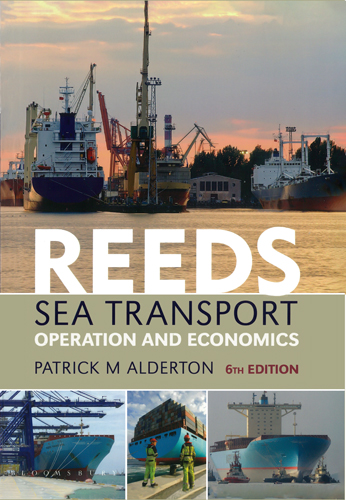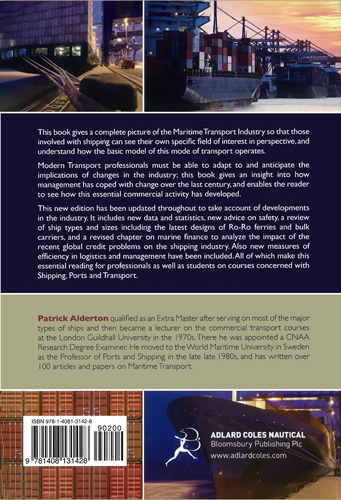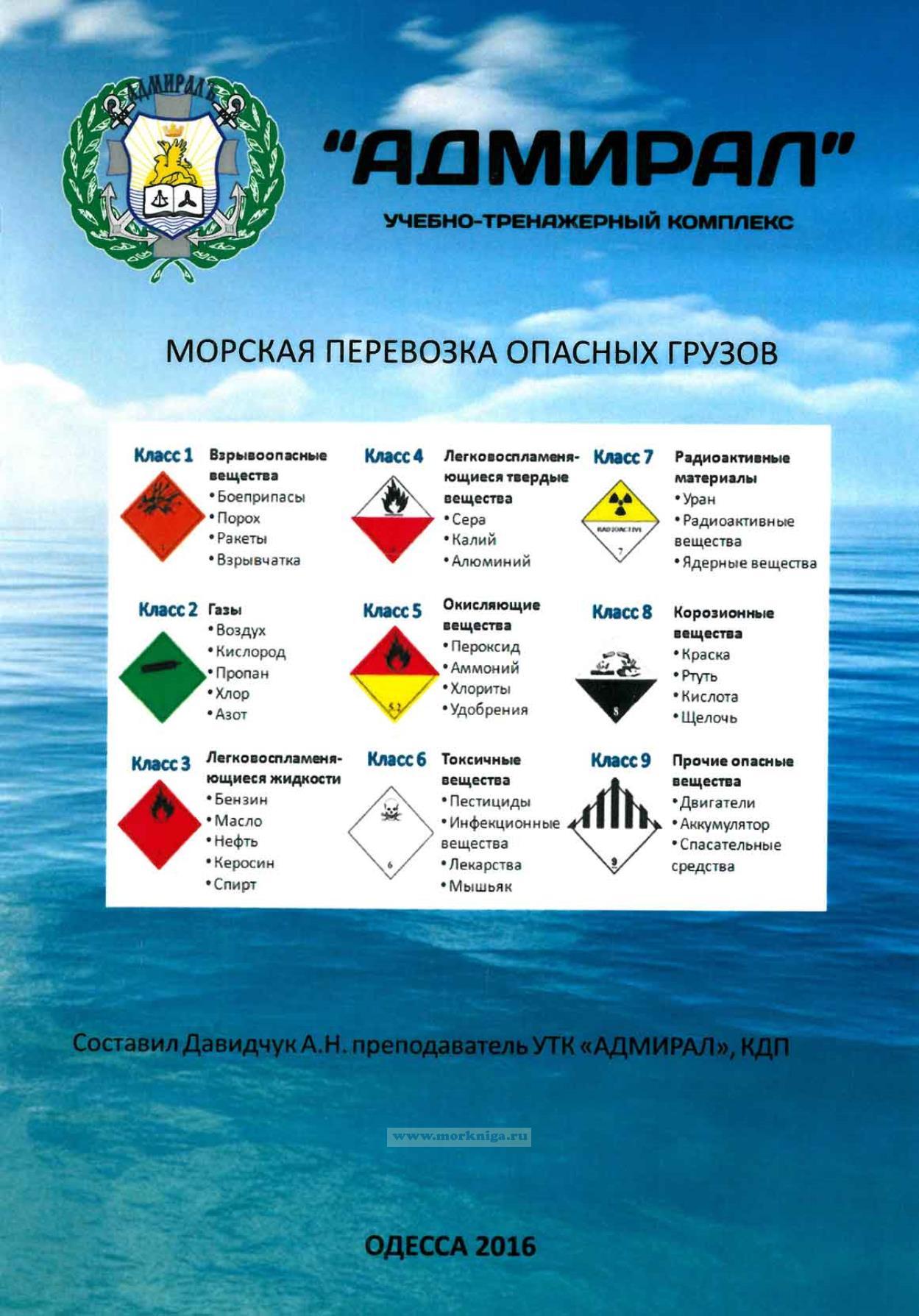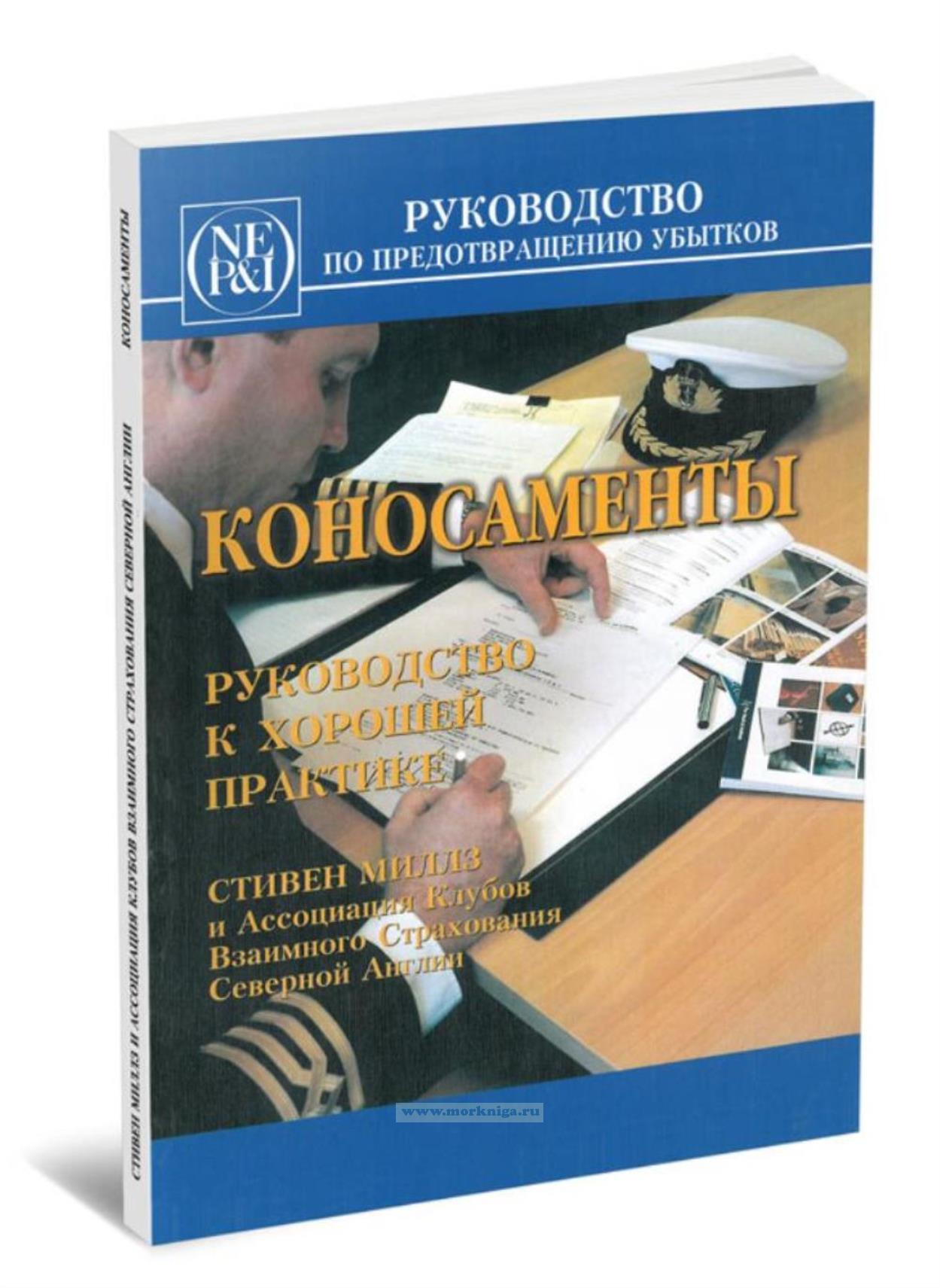Reeds Sea transport operation and economics. Эксплуатация и экономика морского транспорта
Книга на английском языке
These tables are the perfect ready-reckoner for any navigator wanting a quick and accurate distance reference between all the regularly used ports around the world.
The book is divided into key ‘market areas', and includes a pull-out map for area indentification and chartlets for easy see-at-a-glance port reference.
Traffic Separation Schemes are calculated into the tables and the distance to any port not included can easily be determined by making an approximation from the next closest port. Useful tables of major ‘turning points' around the world (such as Cape Finisterre, Cape Horn and the Dover Straits), time zones and time and speed conversion tables are also included.
Reeds Marine Distance Tables is an invaluable reference for ship owners, operators, brokers and navigators. Using this one book, anyone can calculate the shortest or most economical distances between all the major ports in the world.
This edition has a newly improved layout for ease of use, and additional more-frequented ports added.
This eighth volume of Reed's Marine Engineering Series prepares students for the Department of Transport Certificates of Competency in General Engineering Knowledge. It also covers the syllabus for Engineer Cadet courses in the subject. The syllabus and principles involved are virtually the same for all examinations but questions set in Class One require the most detailed answers.
The book follows the same pattern as the other volumes in this series which has proved so successful: emphasis on basic principles, extensive illustrations, worked examples included in the text, practice examples at the end of each chapter and specimen exam questions at the end.
Contents
Acknowledgements
Preface
1 The Ship
• The number and classification of ships
• Parts of the ship
• Ship stresses and stability
• Markings on the ship
• Tonnage
2 Types of Ships
• The passenger ship
• The general cargo ship
• The container ship
• Barge-carrying ships
• Ro/Ro ships
• The bulk carrier
• Specialist ships
• Types of engines
• Power measurement, requirement and fuel consumption
3 Types and Trends
• Trends in ship types
• The economics of ship size
• The economics of speed
4 The Crew
• Typical duties
• Reductions in crew size
• The international supply of seafarers
• How crew sizes are regulated
• Crew training
• Industrial relations
5 Navigation
• Whose responsibility is this?
• The choice of route
• Navigational hardware
• Communications at sea
6 Types of Cargo
• Basic definitions
• Pre-shipment planning
• The stowage plan
• Stowage and discharge
• The care of cargo during the voyage
• Stuffing containers
• Bulk cargo
• Dangerous cargoes
• Deck cargo
7 Why Cargo is Moved
• The theory of trade
• Supply v demand - the essence of the problem
8 Cost and Freight Rates
• Cost classification
• Administration costs
• The Daily Running Cost (DRC)
• Cost of bunkers
• Freight rates...the key to the problem
9 World Tonnage
• Supply of shipping
• The growth of national merchant fleets
• Reasons for encouraging and sustaining national fleets
• Maritime policy
• What are flags of convenience?
10 Shipping Finance
by Dr Heather McLaughlin
• Introduction
• Shipping and the global financial crisis
• Types of funding
11 Dry Cargo, Tramp and Tanker Markets
• Different ways of chartering a ship
• Standard forms for charters
• Voyage estimating
• Obtaining the'offers'
• The final reckoning
• Arbitration
• Differences in the tanker market and tanker chartering
12 The Liner Market and Multimodal Transport
• Typical company organisation
• Marketing
• Conferences, consortia and alliances
• Logistics and/or intermodal transport
13 Safety
• How serious a problem is safety?
• Governmental and international action on safety
• Economics of safety
• Salvage
• Safety and environmental issues (by Professor T Sampson)
14 Economics of Documentation
• Economical and operational problems of documentation
15 Ports
• Port development
• Classification of ports
• Types of port ownership
• Port labour
• Port management and administration
• Port charges
• Ship canals
• Safety and environmental issues
Appendix A: Voyage estimate using Excel
Appendix B: Distances along the world's major trade routes
Appendix C: Websites





 РД 31.11.21.18-96 Правила перевозки грузов в контейнерах морским транспортом
РД 31.11.21.18-96 Правила перевозки грузов в контейнерах морским транспортом  Морская перевозка опасных грузов
Морская перевозка опасных грузов  Коносаменты. Руководство к хорошей практике
Коносаменты. Руководство к хорошей практике